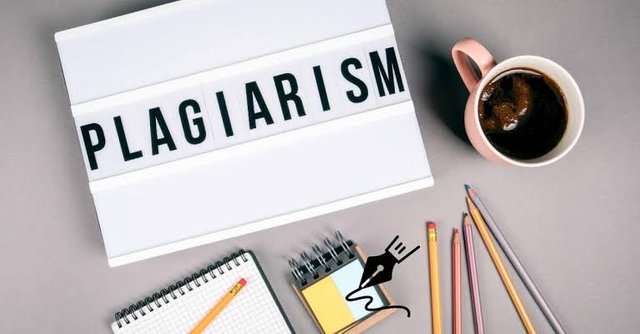Achievement 3 Task: Content etiquette by @ashraf1987
Assalam-o-Alaikum!
Hello everyone, I'm glad to be here again and I'm sure we're doing great.
My successes 1 and 2 have been completed and verified. I hope I will do better as I continue this practice of writing these articles.
Success is related to the etiquette of 3 content (plagiarism)
What does etiquette mean?
Etiquette is a principle that is acceptable to guide the social behavior of an individual or a group of people.
This is a traditional way of treating people. Etiquette can also be a polite way of dealing with someone.
After knowing and understanding the meaning of etiquette, it is also very important to know the meaning of theft.
The meaning of th plagiarism
Theft is a process by which a person presents another person's work as if it was actually initiated by another person.
It can also mean using someone else's ideas without including the source or citing the reference.
It is not acceptable to duplicate someone else's work without identifying the original initiator. Whether done intentionally or accidentally, it can cause serious problems for the victim.
When we talk about plagiarism, that doesn't mean you can't use other people's ideas. But on the contrary, it is important to use people's ideas because it is a surefire way to learn.
Different forms of plagiarism
There are different types of plagiarism, including but not limited to:
- Direct plagiarism
- Indirect plagiarism
- Personal plagiarism
- Universal plagiarism
Direct plagiarism
Direct plagiarism is a form of plagiarism in which an author or researcher copies exactly someone else's work and pastes it as if it were his own work.
Here the researcher does not refer to the author or the initiator of the work from which it was copied.
Indirect plagiarism
It is a form of plagiarism in which the researcher does not copy from any source but seeks his ideas from various sources and arranges them as if it is his job.
In other words, indirect plagiarism involves copying the author from various sources and pasting it as a new work. Although it may look new or original, it is not because they were copied. The author does not find the source from which the information was gathered.
Personal plagiarism
Personal plagiarism is the process by which an author re-uses his past work as if it were born at that time. This is a form of recycling your work. This is a form of deception because the reader thinks the work is new and original.
Universal plagiarism
Of all the types of theft, this is the worst. Universal plagiarism is a form of plagiarism if a person copies and pastes the entire text as if it belonged to him. It's about living and thinking and deceiving someone that the work is real and fake.
Consequences of plagiarism
There are some consequences that come with theft.
Stealing can ruin their reputation. Someone who is highly respected can become and cause distrust because he has stolen. An important member of society can be dragged into the dust due to theft.
To avoid them, avoid theft.
It could ruin their academic career. When a student is involved in theft, it can end the person's academic pursuit because the student may fail in their project or be suspended or expelled from the institution, which may result in them losing your academic achievement. Stops completely.
You could be fined. A person involved in theft as a criminal offense can be billed to pay a certain amount.
How to prevent plagiarism
There are several ways to prevent theft and they are:
Get your work done on time. When you complete your assignment on time, it will help you avoid theft. Some people always rest when given a task until the deadline approaches and then they will start rushing to meet the deadline.
When someone is in a hurry to be assigned a task, it becomes difficult or impossible for the person not to steal because there will not be enough time to engage the brain in proper thinking. When there is no time to relax and think, the person will stop copying and pasting just to meet. This (theft) can be avoided by giving your work plenty of time before the deadline.
Appropriate reference. When you get or copy an idea from an author, you are expected to cite sources. Some people who remember quoting most of the time don't do it correctly, so when you are quoting you should remember to do it correctly without making mistakes.
Rehabilitation is another way to avoid theft. By restoring, it means recreating words in another form that still gives the same meaning as the original content.
It is the process of changing the meaning of words or the content of a sentence without changing it. When trying to rewrite, compose or rewrite your sentence, you need to be creative enough to input your creative ideas so that your work is unique and different and not accused of plagiarism.
Checkout for theft. You can check for theft through a valuable online tool. And this is done by copying your work and pasting it on the platform. The checker will check your work and detect any type of theft before your work is published.
Add a citation
The way to get started is to quit talking and begin doing. -(Walt Disney)
source
Result
Theft is a criminal offense punishable by law, so it should be avoided.
Be sure to cite a source where you have copied the information and try to be creative with your words to avoid plagiarism.
"I have read and understood the Stemt etiquette of the Stemt community and will do my best to embrace them."
Cc
@vvarishayy
@hassanabid
@haidermehdi
@reddileep

Nice post